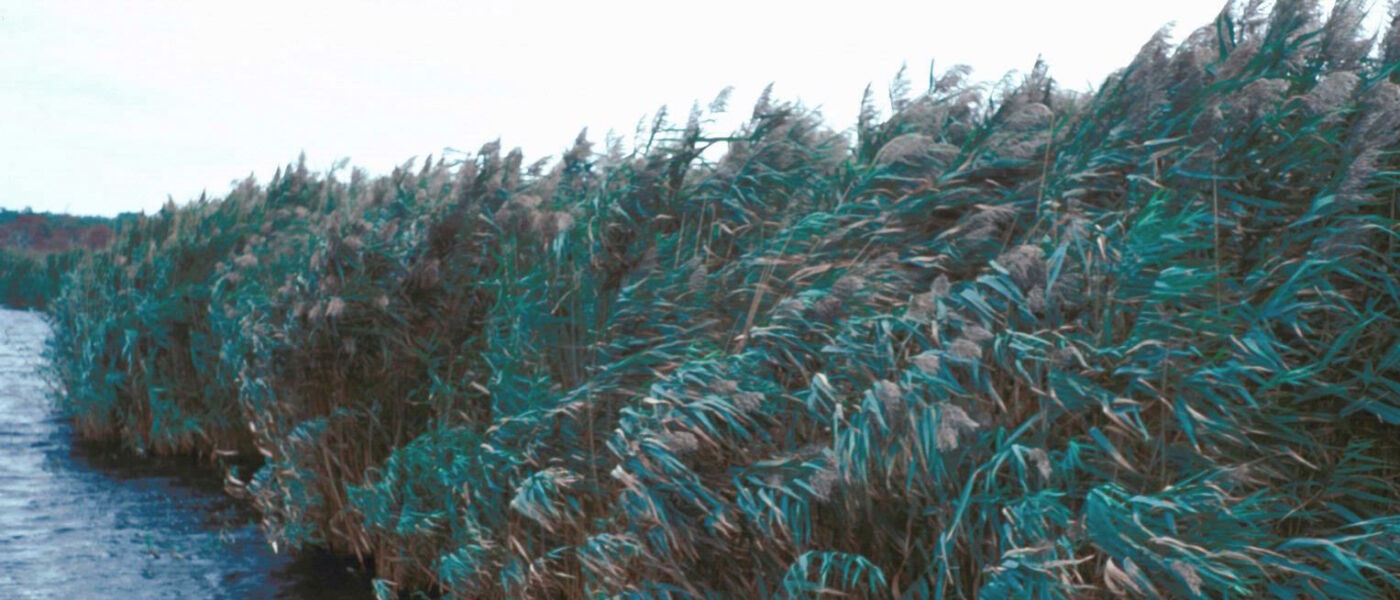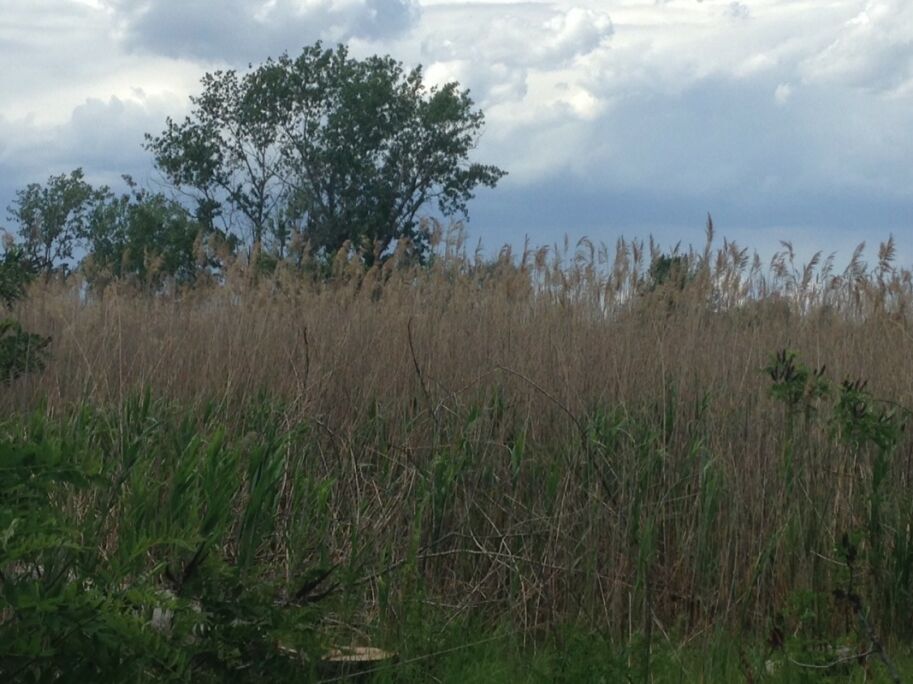Wildlife at Liberty State Park: The Phragmites Invasion
Our Animal Interpretation team recently took a walk around Liberty State Park to observe the wide variety of plants and animals that call the park home. One of the most abundant plants we found was common reed, or Phragmites.
If you have ever walked around or even driven by a wetland area, then you probably noticed the tall, fluffy-topped plants that seem to be everywhere. These are the non-native Phragmites. Phragmi
Phragmites displaces native plants, blocking out native salt marsh vegetation. This is bad not only for the native plants, but for many of the animals as well since Phragmites can create a dense jungle of vegetation that many fur-bearing mammals, and even deer, cannot penetrate. However, there are some birds that do benefit from the Phragmites and enjoy nesting in it, including marsh wrens, least bitterns, and red-winged blackbirds. Other studies suggest that due to its high productivity and slow decay rates, Phragmites might help offset problems that rapid sea-level rise could pose to many coastal marshes. As the Phragmites decomposes, it raises the elevation of the marsh. Higher elevations reduce saltwater flooding, especially during events like superstorm Sandy.
Want to learn more about this fascinating plant? Head on up to Our Hudson Home on the 4th floor. And while you are in the area, take a walk around Liberty State Park and check out Phragmites for yourself.
Liberty State Park blog by Carolyn Navarro. Carolyn is an Animal Interpretation Associate at Liberty Science Center.

